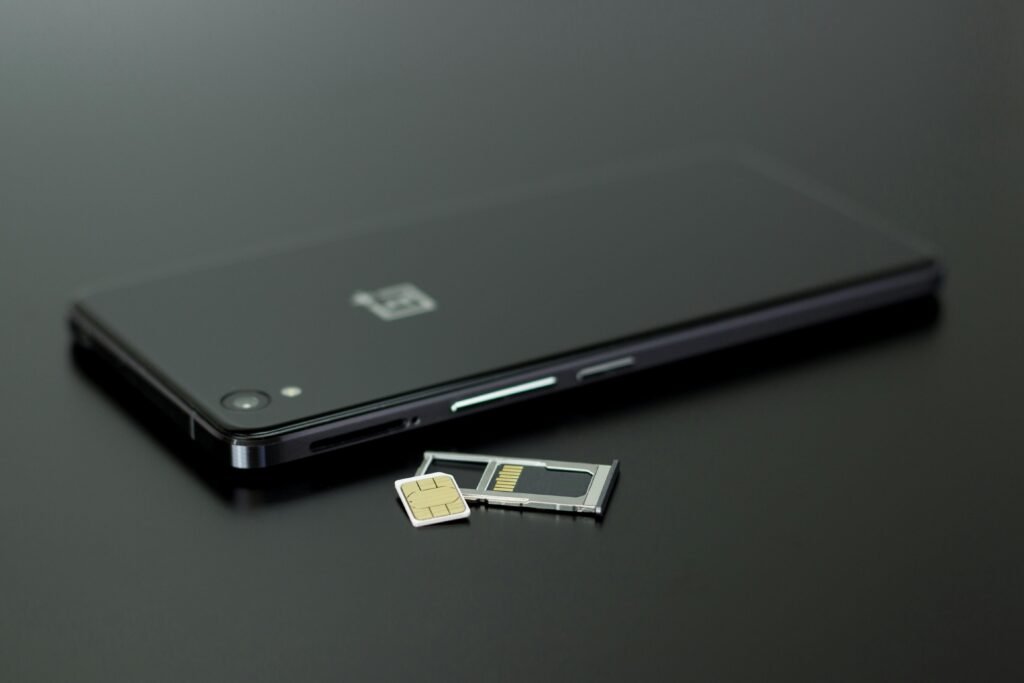
The small, plastic rectangle we call a SIM card has faithfully served us for decades, connecting us to mobile networks and keeping our digital lives tethered. But a new player has emerged on the scene: the eSIM, a tiny chip embedded directly into your phone. With promises of convenience and flexibility, upgrading to an eSIM might seem like a no-brainer. But before you toss that SIM ejector tool aside, let’s delve into the pros and cons to determine if switching sides is truly worth it.
Convenience reigns supreme. Say goodbye to fumbling with tiny SIM cards or hunting for the elusive SIM tool (we’ve all been there). eSIMs eliminate the need for physical swapping, allowing you to switch carriers or add temporary lines with a few taps on your screen. Traveling internationally? Forget scrambling for local SIMs; download a regional eSIM profile and enjoy seamless connectivity.
Flexibility is key. Juggling multiple lines for work and personal use? An eSIM-enabled phone can store up to five profiles, letting you effortlessly switch between them. Sharing data with family members? Simply activate a secondary eSIM on their device. This makes managing multiple lines incredibly streamlined.
Security gets a boost. No more lost or stolen SIMs exposing your data. eSIMs can be remotely disabled, protecting your precious information and adding a layer of security. Additionally, their embedded nature makes them harder to tamper with, reducing the risk of unauthorized access.
However, the eSIM world isn’t all sunshine and rainbows. Compatibility can be a hurdle. Not all phones and carriers support eSIMs yet, so check compatibility before leaping. Upgrading might require switching devices or carriers, potentially involving contract changes and costs.
Technical hiccups can occur. The eSIM technology is still relatively young, and occasional glitches or activation issues might crop up. Troubleshooting can be complex, requiring support from both your carrier and device manufacturer.
Limited access and control. Unlike physical SIMs, eSIMs rely heavily on your carrier’s infrastructure. Switching carriers might involve contacting them directly, and options might be limited compared to the open market of traditional SIMs.
Ultimately, the decision to upgrade to an eSIM boils down to your individual needs and priorities. If convenience, flexibility, and security are paramount, and you’re comfortable navigating a slightly younger technology, the eSIM could be a welcome upgrade. However, for those who prioritize immediate compatibility, broad carrier options, and complete control over their SIM, sticking with the trusty plastic might be the wiser choice.
So, weigh the pros and cons, assess your tech savviness, and remember, there’s no shame in sticking with what works. Whether you embrace the eSIM future or remain loyal to the plastic, let the choice be yours, driven by your unique mobile needs.


